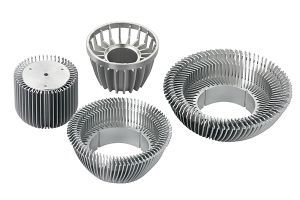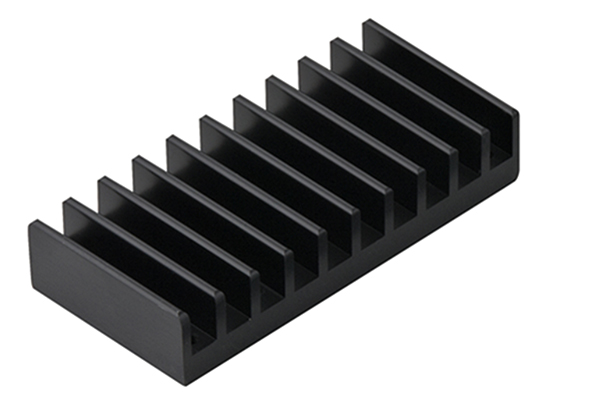


What are the advantages of using aluminum materials (including cast aluminum and aluminum alloy) as radiators compared with other materials: such as energy saving, material saving, decoration, price, weight, and other aspects. The high-efficiency thermal conductivity of aluminum alloy is the decisive factor for maintaining good heat dissipation and the most ideal medium for thermal energy conversion. The characteristics are: less time, fast heating, and high efficiency. Lightweight and smart, easy to process is a major feature. For radiators of the same specification, the weight of aluminum alloy is 1/3 of that of steel radiators. The aluminum alloy radiator is the lightest among a variety of radiators. It is easy to transport and install. At the same time, it has good thermal conductivity, large heat dissipation, fast heat dissipation, and high thermal strength of the metal. Because it is easy to extrude, it will be extruded into Various shapes of radiators, so the appearance is novel and beautiful, and the decoration is strong. Since aluminum oxide is the best protective film after aluminum oxidation, it can prevent it from further oxidation, so it is not afraid of oxidation and corrosion, and its moderate price is very popular among working class. Aluminum radiator has good thermal conductivity, high pressure resistance and high metal thermal strength. The 2A600-6 aluminum radiator produced by our company has been tested by the National Testing Center and the metal thermal strength is 2.277W/Kg℃, while the cast iron 0.4W/Kg℃ steel 0.76W/Kg℃, copper aluminum 1.728W /Kg℃, aluminum has large heat dissipation capacity, fast heat dissipation, and efficiency is the biggest feature of aluminum radiators. The appearance is electrostatic sprayed, beautiful in color and decorative. The general evaluation is: Comprehensive production does not pollute the environment or water quality. The heat dissipation strength is four times that of cast angle. Lightweight is one-tenth of cast iron. Beautiful and generous, occupying little room space, environmental protection and energy saving. It is in line with the "lightweight, efficient, environmentally friendly, and energy-saving" requirements for the development of radiators in my country.